Nodules and Nitrogen Rates Peanut Notes No. 120 2023
Just to follow up on No. 119. I tend to be all in on correcting a nitrogen (N) deficiency. …



El inglés es el idioma de control de esta página. En la medida en que haya algún conflicto entre la traducción al inglés y la traducción, el inglés prevalece.
Al hacer clic en el enlace de traducción se activa un servicio de traducción gratuito para convertir la página al español. Al igual que con cualquier traducción por Internet, la conversión no es sensible al contexto y puede que no traduzca el texto en su significado original. NC State Extension no garantiza la exactitud del texto traducido. Por favor, tenga en cuenta que algunas aplicaciones y/o servicios pueden no funcionar como se espera cuando se traducen.
Inglês é o idioma de controle desta página. Na medida que haja algum conflito entre o texto original em Inglês e a tradução, o Inglês prevalece.
Ao clicar no link de tradução, um serviço gratuito de tradução será ativado para converter a página para o Português. Como em qualquer tradução pela internet, a conversão não é sensivel ao contexto e pode não ocorrer a tradução para o significado orginal. O serviço de Extensão da Carolina do Norte (NC State Extension) não garante a exatidão do texto traduzido. Por favor, observe que algumas funções ou serviços podem não funcionar como esperado após a tradução.
English is the controlling language of this page. To the extent there is any conflict between the English text and the translation, English controls.
Clicking on the translation link activates a free translation service to convert the page to Spanish. As with any Internet translation, the conversion is not context-sensitive and may not translate the text to its original meaning. NC State Extension does not guarantee the accuracy of the translated text. Please note that some applications and/or services may not function as expected when translated.
Collapse ▲Just to follow up on No. 119. I tend to be all in on correcting a nitrogen (N) deficiency. …
I’m beginning to get questions about correcting issues associated with nitrogen fixation when inoculant performs poorly. We cover a …
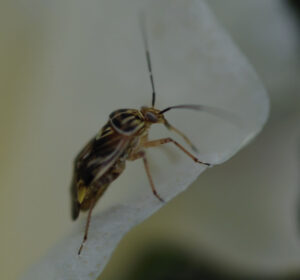
As we enter squaring stage cotton, growers should be mindful of tarnished plant bug (TPB = Lygus lineolaris) movement …
We have created an electronic herbicide selection tool that can be accessed on the menu bar on the Peanut …
Rain and more so warmer temperatures are helping provide conditions needed to move the crop along. Where rains have …
The following links have information from our recent in-service agent training session. If you have any questions about them …
The following link contains information on thrips control from a trial conducted at Lewiston-Woodville. 2023 Vydate …
In addition to the PHIs provided by Dr. Marshall, note that the PHI for Cadre is 90 days. The …
The following information was provided by Mike Marshall. Mile is the extension weed scientist at Clemson University. The article …
It is very important that we follow product labels closely. This includes pesticide rates, timing of application, and frequency …

The purpose of this article is to address several questions we’ve received over the last week or so. Such …
The most recent crop report can be found at the following link: VC Crop Report No 4 June 20 …
Heat unit accumulation from May 1 through June 14 in 2023 at both Lewiston-Woodville and Whiteville were 66% of …
As we move through June and approach July, we need to make sure when we apply insecticide the insects …
Dr. Eric Prostko is the weed scientist at UGA that observes a lot of things during the season. He …
We often have escaped morningglory species in peanuts. Images of three common species are provided in the link. From …
In the thrips control trials we have at Lewiston-Woodville this spring, acephate has performed as expected. The linked information …
The cooler start of the season has peanuts a bit smaller than typical. Fields planted May 1 are 41 …
The following link has a video on the peanut grading process was provided by the …
Temperatures have been low and resulting heat unit accumulation has lagged behind previous years. Hopefully, we will catch up …
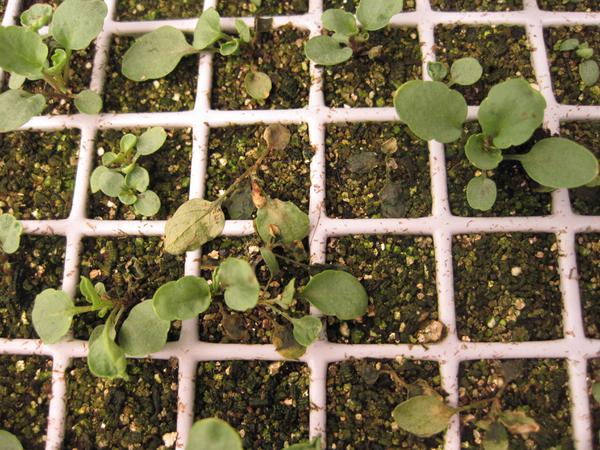
This factsheet offers information on damping off in flower and vegetable seedlings, a result of …
This publication has been prepared to acquaint growers, packers, and shippers with the most current …
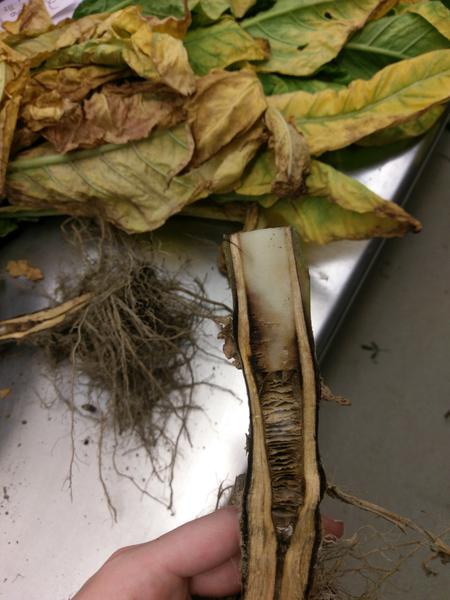
Black shank is an economically important disease of tobacco that threatens production in North Carolina. …

This guide presents basic facts about seeds, including how they develop, how to store and …
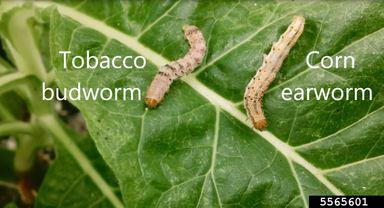
This factsheet discusses the biology, damage, and management of the corn earworm and tobacco budworm …
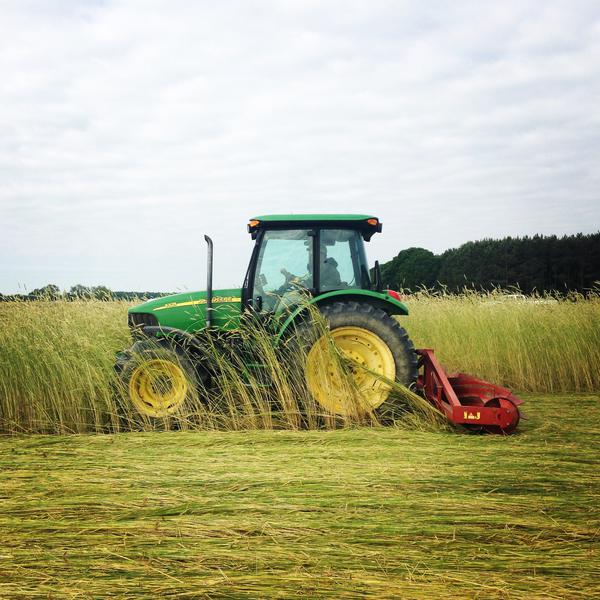
This publication discusses the use of cereal rye as a cover crop in soybeans in …

This factsheet discusses the effect on soybean fields after a hurricane and how to proceed …
This publication describes the symptoms of a lightning strike in soybeans in North Carolina.